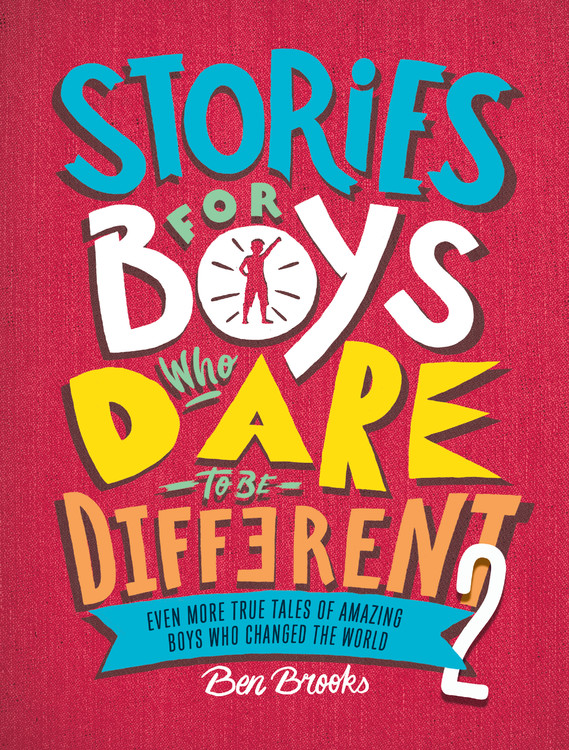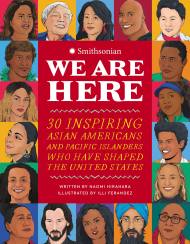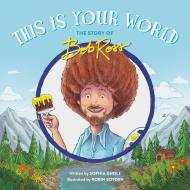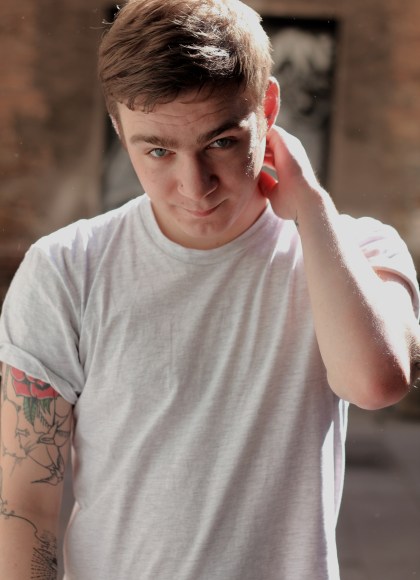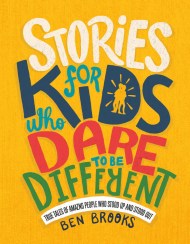Promotion
25% off sitewide. Make sure to order by 11:59am, 12/12 for holiday delivery! Code BEST25 automatically applied at checkout!
By clicking “Accept,” you agree to the use of cookies and similar technologies on your device as set forth in our Cookie Policy and our Privacy Policy. Please note that certain cookies are essential for this website to function properly and do not require user consent to be deployed.
Stories for Boys Who Dare to Be Different 2
Even More True Tales of Amazing Boys Who Changed the World
Contributors
By Ben Brooks
Illustrated by Quinton Winter
Formats and Prices
- On Sale
- Oct 13, 2020
- Page Count
- 160 pages
- Publisher
- Running Press Kids
- ISBN-13
- 9780762472154
Price
$16.99Price
$22.99 CADFormat
Format:
- Hardcover $16.99 $22.99 CAD
- ebook $9.99 $12.99 CAD
This item is a preorder. Your payment method will be charged immediately, and the product is expected to ship on or around October 13, 2020. This date is subject to change due to shipping delays beyond our control.
Buy from Other Retailers:
What do environmental activist Xiuhtezcatl Martinez, philosopher Socrates, and singer Ed Sheeran all have in common? Each of them defied expectations — going against the grain and pursuing their dreams despite a seemingly impossible barrage of obstacles and difficulties. Their stories are incredible, as are those of tap dancer Evan Ruggiero, Pokémon creator Satoshi Tajiri, the brave Chernobyl Divers, and the other inspirational boys who fill the pages of this extraordinary book.
Series:
Newsletter Signup
By clicking ‘Sign Up,’ I acknowledge that I have read and agree to Hachette Book Group’s Privacy Policy and Terms of Use

